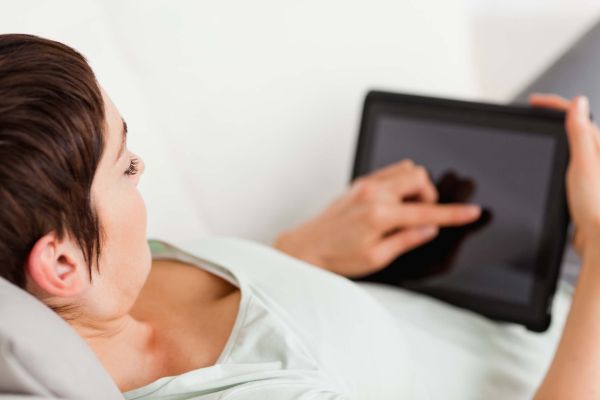Published on the 27/01/2015 | Written by Clare Coulson

A new health technology release means that more patients are able to be treated in their own homes, saving hours of commute time and millions of dollars per year…
New Zealand’s largest provider of video conferencing equipment and technology for the health industry, Vivid Solutions, has extended its services to patient’s tablets and smartphones. It already provides a fully managed, secure and dedicated video conferencing network to the health sector, which enables clinicians from almost every DHB in the country to connect with each other, community health providers and the Ministry of Health.
Now practitioners will be able to reach into patients’ homes via an application that allows patients requiring frequent in-home medical supervision to join the secure health network using their own tablets or smartphones. The ability to reach personal mobile devices rather than specialist devices means that any patient with a tablet or smartphone will be able to take advantage of it if necessary.
By reducing commute times and eliminating any need for specialised devices the new software has the potential to save millions of dollars for the DHBs. Last year the company ran a successful implementation in conjunction with the Auckland Regional Public Health Service (ARPHS) to provide directly observed therapy at home for patients in the region.
“Nurses had to travel long distances each day to patients’ homes to carry out Directly Observed Therapy (DOT) – which involved observation of medication taking and assessment of any side-effects,” Vivid Solution’s chief executive Miles Smith explains.
“But using this new software, patients were able to have their daily DOT monitored using their laptop or mobile devices at home. Treatment, which previously took up to 90 minutes in travel time to supervise, could be completed in as little as three minutes as nurses could talk to and watch the patient taking their medication.”
The trial received a seal of approval from both the patients and nursing staff involved, who were all highly in favour of using the technology to reduce travel time and save costs. Overall, the telehealth delivery system was cheaper than the cost of traditional DOT treatment, and the ARPHS deemed the implementation to be a safe, efficient and cost-effective way of treating patients. It met the objectives of delivering a 10 percent increase in the number of DOTs provided by the service within existing resources.
Smith says that the software can be used by virtually all other health specialties across New Zealand and the Pacific. “The potential for multiple specialities to provide services in this cost-effective manner is almost unlimited. It will help DHBs around New Zealand get a lot more out of their health dollar.”



























